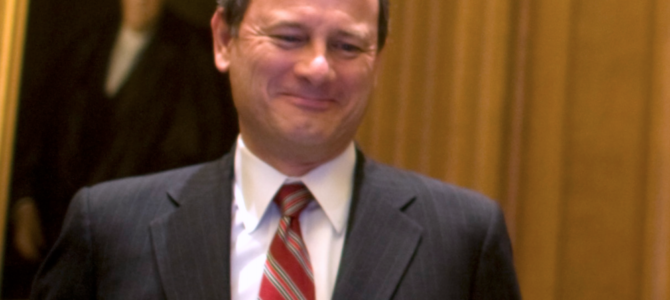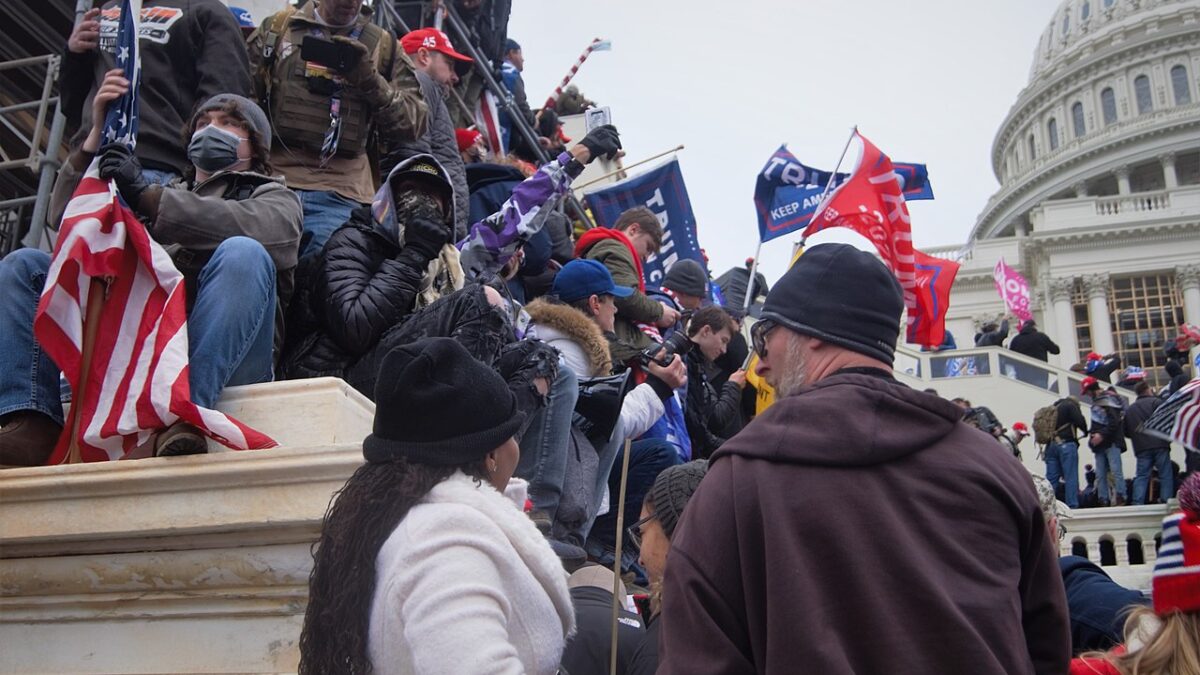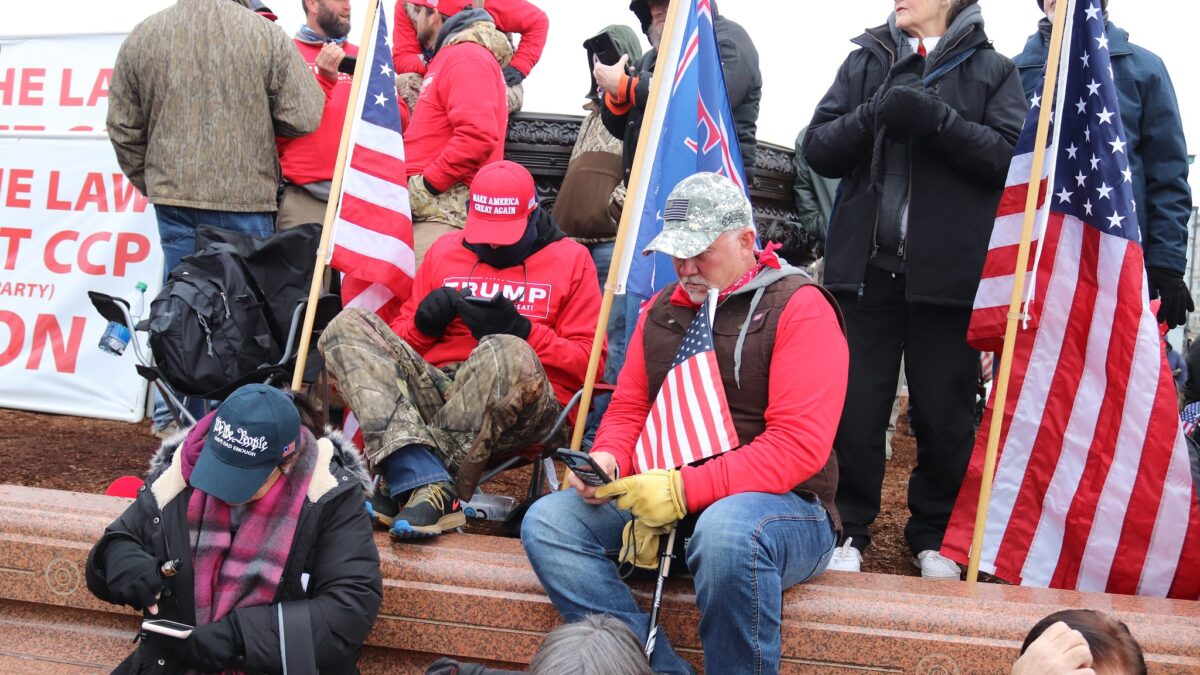
The U.S. Supreme Court’s decision to pass on nearly a dozen gun-rights-related cases is breathtaking, not in the denial of hearing any, but in the seeming admission that the conservative associate justices think Chief Justice John Roberts can’t be trusted to protect the Bill of Rights.
The nation’s top court denied writ of certiorari to 10 cases. The National Shooting Sports Foundation, the firearm industry trade association, submitted amicus curiae briefs in two of those cases.
Those cases, Worman v. Healey and Mance v. Barr, centered on fundamental rights to acquire firearms to exercise the right to keep and bear arms. The Supreme Court’s denial lets stand Massachusetts’ ban on modern sporting rifles and a ban on the sale of handguns across state lines. The court also denied Pena v. Horan, a challenge to California’s Unsafe Handgun Act, which bans handguns in common use for lawful purposes.
The denial of writ of certiorari tells court-watchers the conservative associate justices don’t trust Roberts to uphold the liberties as written in the Bill of Rights.
Enough to Call a Case, But They Don’t
The Supreme Court requires just four of the nine justices to agree to hear an appeal for the nation’s highest court to take the case. Those watching gun cases were hoping for good reason that finally, after a decade of silence from the court, the four votes were now there.
Four justices, including Clarence Thomas, Samuel Alito, Neil Gorsuch, and Brett Kavanaugh, have all recently expressed frustration with the court’s unwillingness to address infringements on Second Amendment rights. Thomas previously noted, “[T]he Second Amendment is a disfavored right in this Court.”
That pattern, disappointedly, hasn’t altered. In his dissent this week, Thomas again drew attention to this fact in the denial of certiorari in Rogers v Gurbir. “But today, faced with a petition challenging just such a restriction on citizens’ Second Amendment rights, the Court simply looks the other way,” Thomas said.
These four associate justices could have voted to hear any of the 10 petitions, but not all four chose to bring the cases before the court. That’s telling in as much as it is disturbing. The fact that four justices who complained the court needed to hear Second Amendment cases passed on 10 chances to do so tells us much about the court’s “swing vote.”
One or more of the conservative justices are in essence telling us Roberts cannot be trusted to interpret the Second Amendment as written, or faithfully apply the precedents of the Heller and McDonald decisions. He ruled in the 5-4 majority in both those cases.
Case and the Court
By refusing for more than a decade to accept any Second Amendment cases, the court has allowed the lower appellate courts to blatantly defy the court’s precedents and invent a Second Amendment analysis not rooted in the Constitution and inconsistent with the court’s landmark 2008 Heller and 2010 McDonald decisions.
Heller protected the pre-existing individual rights to keep and bear firearms that are in “common use.” Nearly 18 million modern sporting rifles are in circulation today, used for lawful purposes daily, including recreational target shooting, hunting, and self-defense. McDonald found that Second Amendment rights are enforceable against states seeking to deny those rights of law-abiding citizens. Regrettably, in the Roberts’ court, the Second Amendment is a constitutional orphan that will be treated as a second-class right.
Court-watchers have long said it’s important to have the right case before the Supreme Court on gun rights. That’s essentially what Kavanaugh wrote in his partial dissent of New York State Rifle & Pistol Association Inc. v. City of New York.
There was plenty for the justices to choose from on the 10 cases they just passed over. They could have easily found cases that would have called for the Supreme Court to faithfully apply Heller and McDonald precedents, stand for the Bill of Rights, and send a clear message to lower courts to stop legislating from the bench. Instead, the four conservative justices are now telling America it’s not just the case that must be solid, but also the court.
That means the 2020 election will put the direction of the Supreme Court back into focus, just as the 2016 election did. Four years ago, Senate Majority Leader Mitch McConnell, R-Ky., decided not to act on President Barack Obama’s nomination of Judge Merrick Garland. That made the ideological control of the Supreme Court a central question in the election that propelled Donald Trump to office, resulting in the nominations and confirmations of Gorsuch and Kavanaugh.
The future of the court once again hangs in the balance given the age of the justices, particularly Ruth Bader Ginsburg, who missed a month’s worth of argument this session and has battled serious health issues. At 87, she’s the court’s eldest justice and has vowed to continue to serve.
The justices’ sudden silence speaks volumes. The Roberts court sees the Heller and McDonald decisions as dead letters. It’s going to take a new justice to stand up for American rights. The next president and Senate will determine whether the Second Amendment will mean anything in America or whether it will continue to be treated as a constitutional orphan.









